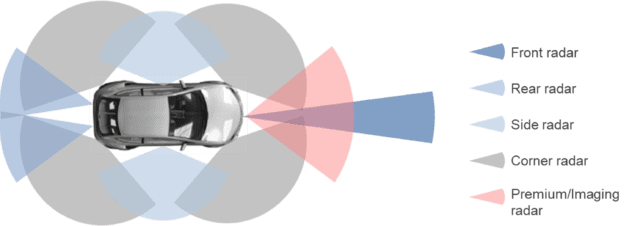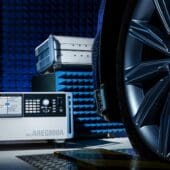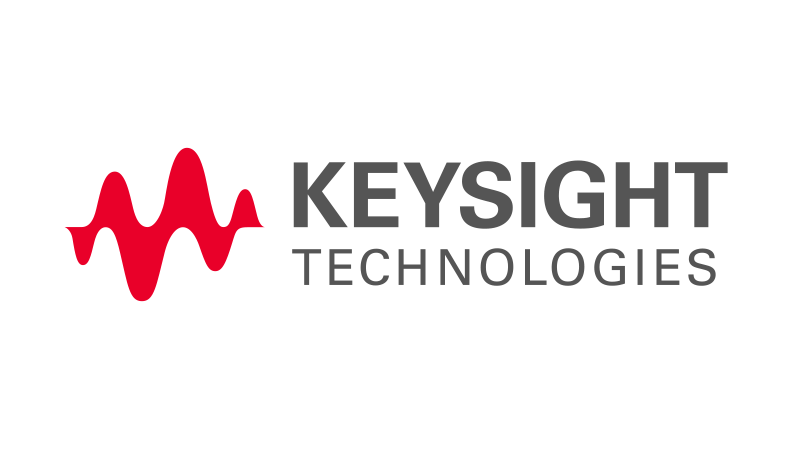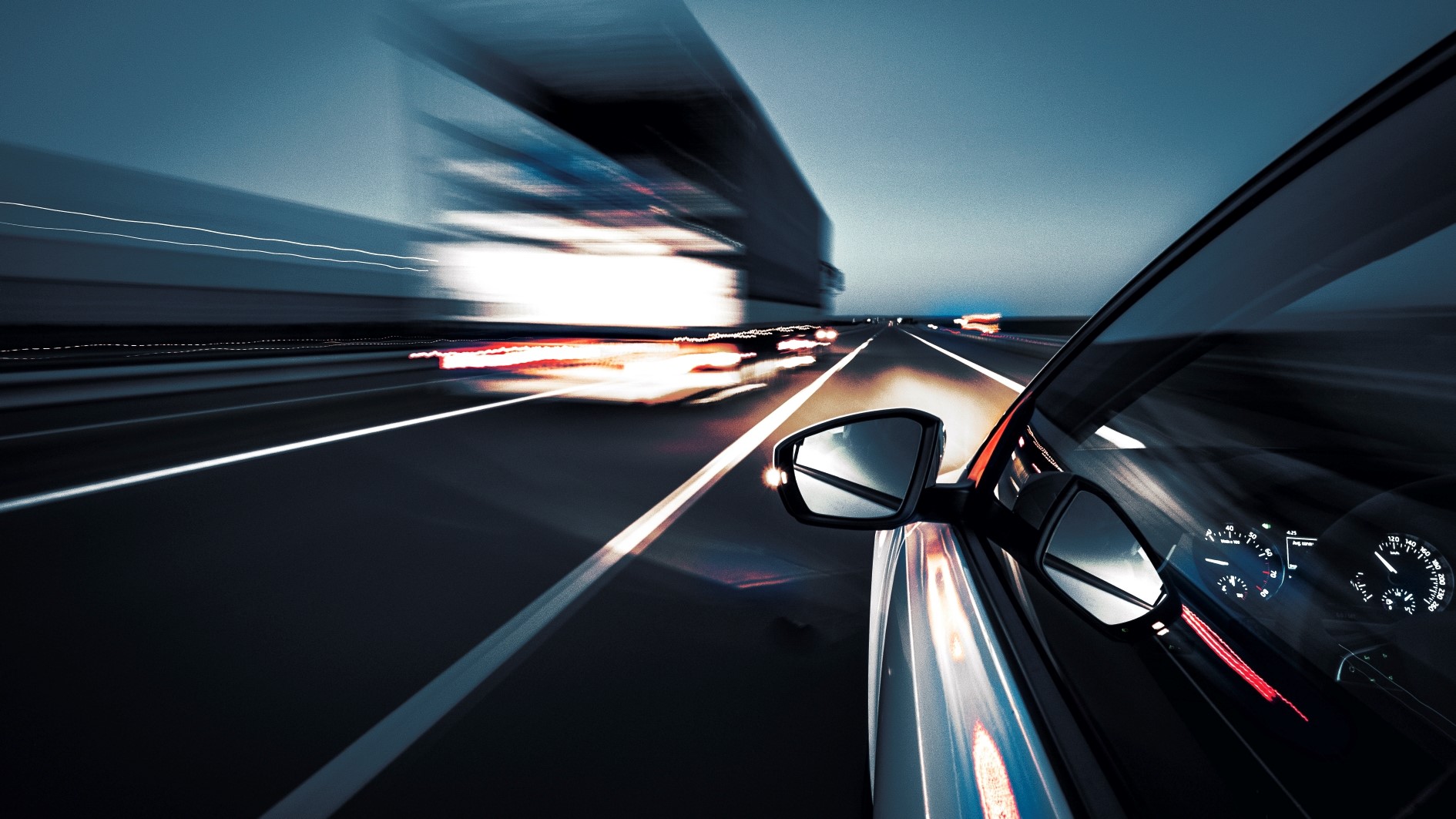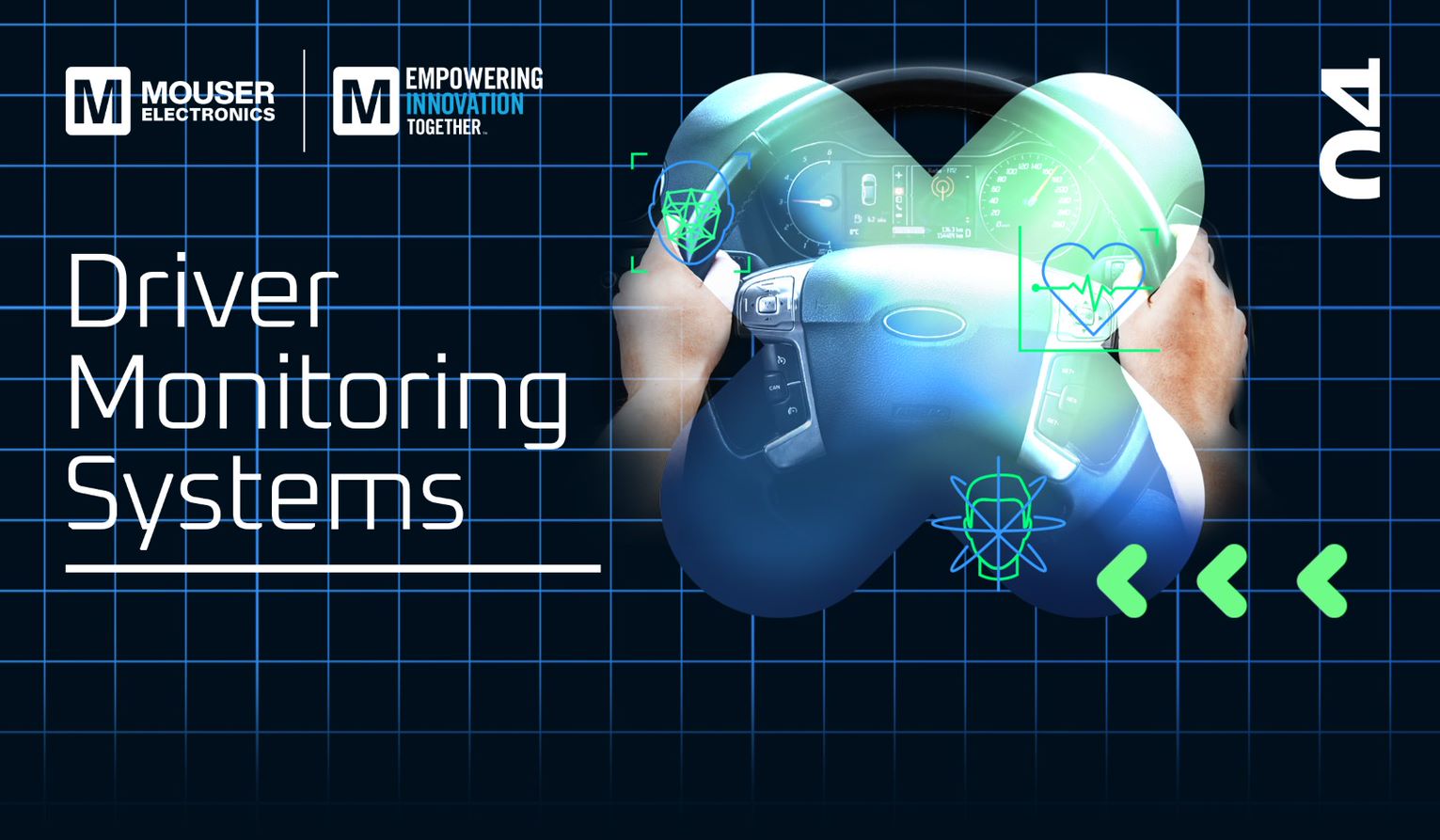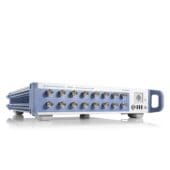Author: Marta Martínez-Vázquez, Senior Staff Product Marketing Engineer, Automotive Analog Product Marketing Division – Renesas Electronics Europe GmbH
Modern communication and sensing technologies have revolutionized the way automobiles are designed. To increase safety and move towards autonomous driving, new vehicles must include systems that can interact with their environment, infrastructure or other traffic participants to detect potential sources of danger. Automotive sensors are therefore key to improving road safety and achieving high levels of autonomous driving. Its use will contribute to reducing the number of traffic accidents and deaths on the roads around the world, with the ultimate goal set by Vision 0: Zero deaths in traffic accidents by 2050.
Among the sensors being considered for assisted and autonomous driving, radar has proven to be extremely safe for ADAS applications such as adaptive cruise control. Radar applications are expected to expand in the future, as radar is often used in conjunction with other detection technologies such as lidar and video cameras. The advantages and disadvantages of the different types of sensors are summarized in the following table. Fully autonomous driving will likely require the fusion of data obtained from different sensing technologies. With sensors distributed around the car, it will be possible to provide full 360° coverage, creating a security “cocoon” around the car. Figure 1 illustrates the concept when only radar sensors are considered.
Pros and cons of different sensor technologies for automotive applications
| PROS | CONS | |
| Optical imaging (video) | Large field of view
High resolution |
Limited by weather and light conditions.
High processing workload |
| Ultrasonic | Operation in all weather and light conditions
very low cost |
very short range |
| Infrared | Operation in low light conditions | short detection range |
| Lidar | High precision (range, resolution and position) | Limited by weather conditions (fog, snow)
There is no direct information on speed. |
| Radar | Less sensitive to weather conditions.
Long detection range Good resolution and position estimation. |
Measurement of complex angles
Classification of complex objectives Not mature to fully AD |
An additional advantage of radar is that radar sensors can be easily installed behind common car elements, such as bumpers or emblems, so that they are invisible and do not affect aesthetics. The frequency band from 76 GHz to 81 GHz has been accepted by most of the countries as the frequency band for automobile radars. Physical integration becomes easier with high operating frequencies, as the size of the radar antennas will be reduced. However, new challenges appear with increasing frequency, due to power trade-offs, higher losses, and a greater impact from manufacturing tolerances.
Radar is also especially suitable for automotive applications, since vehicles are good reflectors for radar waves. It can be used for both 'comfort' functions, such as automatic cruise control, as well as high-resolution sensing applications, adding to a vehicle's passive and active safety. Examples include blind spot detection, lane change assist and rear cross traffic alert, pedestrian and bicycle detection near the vehicle.
Today, radar sensors can be classified based on their detection range, as shown in figure 2 below.
- Short Range Radar (SRR): up to 50m with wide field of view and high resolution
- Medium Range Radar (MRR): up to 100 m with medium field of view
- Long Range Radar (LRR): 250 m or more range, with a narrower field of view and less focus on resolution
With the development of new technologies, the range is expected to extend beyond these limits, while the vertical dimension is added to the detection to provide a full 3D image of the surroundings.
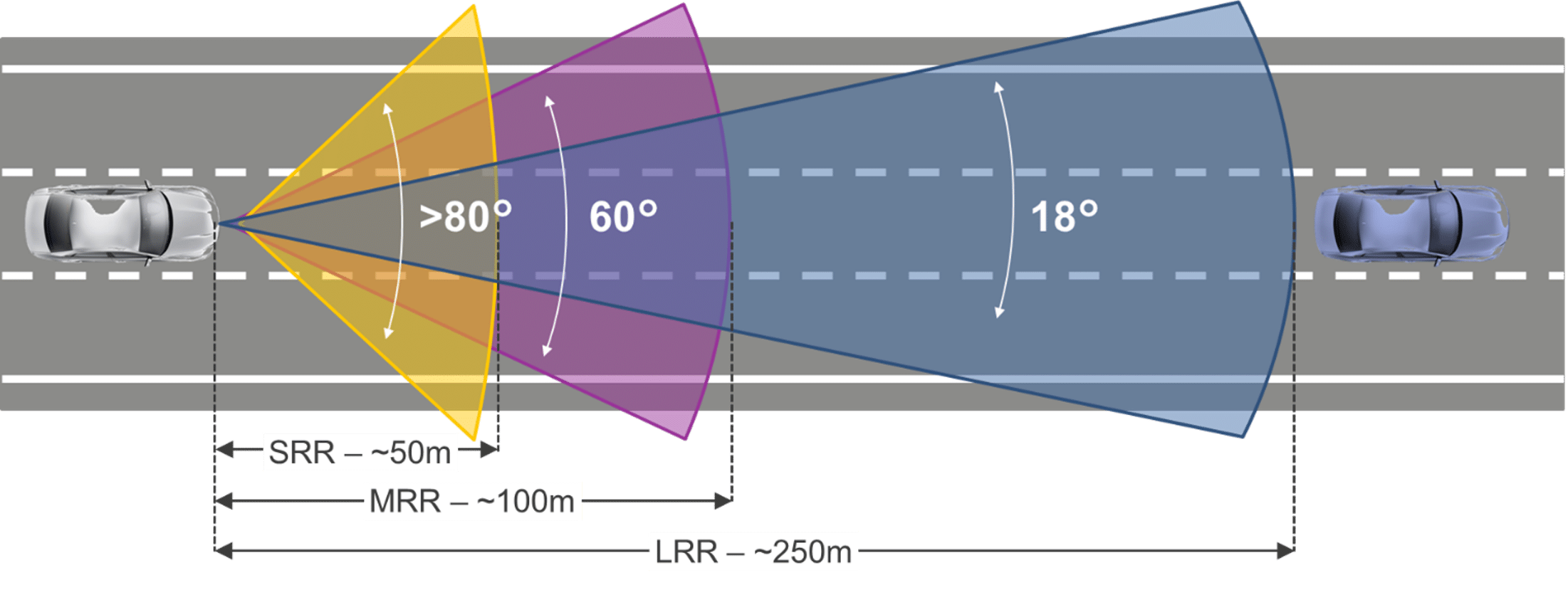
Figure 2: Automotive Radar Range Classification
In the future, multiple radar modules will be added to cars, to go from a forward-thinking basic radar setup that provides basic autonomous driving from Level 1 to Level 4 in the NCAP (new car assessment program). Soon, more cars will be equipped with radar sensors at the ends of the car to achieve autonomous driving level 2+ and NCAP 4-5 in standard cars, and autonomous driving level 3-4 and NCAP 5 for the premium segment ( figure 3).
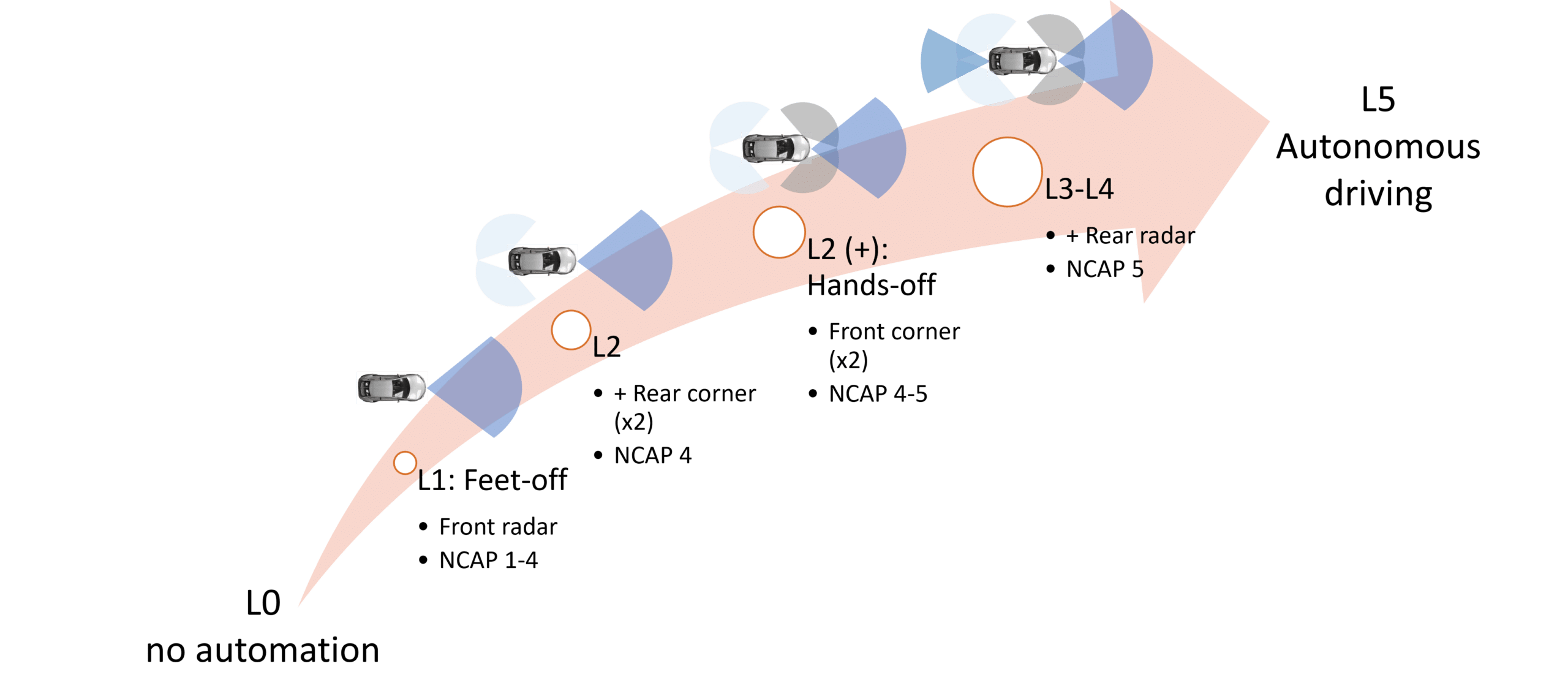
Figure 3: Automotive radar for different NCAP and levels of autonomous driving
However, the way the radar data will be handled will largely depend on the architecture of the vehicles. Current trends towards higher performance of central computing units are also driving an evolution of in-vehicle E/E architecture towards a distributed architecture. Although the migration to a fully distributed architecture will not be complete until the 2030s, partial implementations will appear sooner on the market. First, some domain controllers will be used for specific functions like ADAS. Then the number of domain controllers will increase, while zone controllers will also be introduced before a fully centralized E/E architecture is established, in which the vehicle's central computer will connect to the sensors via the control units. zone control. This evolution will also require increasing the capacity and reliability of vehicle networks, as well as the complexity of the software.
With the introduction of new E/E architectures, some of the radar processing could be offloaded from the radar sensor module (edge computing) to the central zone or ECU, allowing for more efficient calculations. Today, the entire radar processing takes place at the edge, with “smart sensors”, as shown in figure 4 below. This means that several independent radar modules are distributed around the vehicle, each with its own transceiver and processing capabilities. The processed data, typically the object list, is then transferred to an ADAS ECU for further processing and potentially merging with data from other sensors. With a proper distribution of sensors in the car, the vehicle environment can be properly perceived and obstacles can be identified.
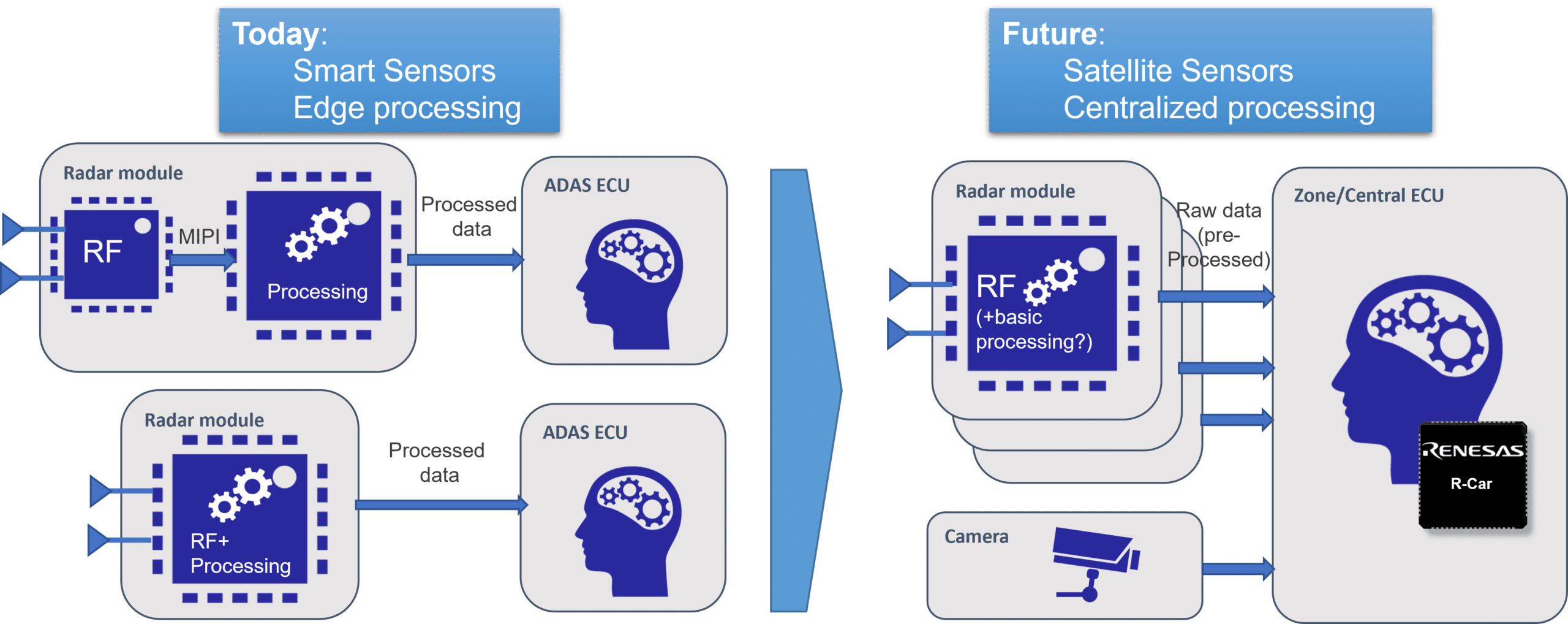
Figure 4: Smart sensors with edge processing
With the development of centralized computer architectures, it is likely that data processing from some radar modules will be shifted from the radar sensor to a remote processing unit, either a zone ECU or directly to the vehicle's central computer. The radar modules themselves would then be less "smart" and would do only a limited amount of processing of the received radar signals. For example, the module will determine the distance to the different objects and provide the range profiles to the remote processor. Then it will receive the pre-processed data from different satellite radar modules and perform the remaining processing steps for each data set, to generate the list of objects with their respective characteristics (distance, direction and speed), to create the complete picture of the surroundings. . The results obtained will then be merged or combined with the results obtained from other sensors. This new multi-sensing setup will provide the necessary accuracy and remove redundancies to enable high levels of autonomous driving, as shown in figure 5 below.

Figure 5: Example of radar architecture with satellite modules and remote processing on zone-based ECUs
In early implementations of this centralized architecture, pre-processing from the different radar sensors can be transferred to zone or central ECUs using the car's Ethernet backbone. When higher definition is needed and the amount of radar is too large, such as for imaging or prospective radar, radar processing can still be carried out on the sensor itself to reduce the amount of data to be transferred. .
Centralized processing of data from remote radar sensors offers a wide range of benefits. First, the radar modules themselves become less complex, thus saving size and cost, and reducing heat dissipation problems. Repairs and upgrades, both hardware and software, become easier.
Secondly, the use of the car's existing network, i.e. the Ethernet backbone, also reduces cabling costs and weight. Additionally, data transferred over Ethernet will be available in a format that makes it easier to store and work with.
Finally, the processing of the data in the vehicle's control units opens the door to greater efficiency and more sophisticated and complex operations. Detection capabilities can be improved by implementing data fusion with information obtained from other detection technologies, such as cameras or lidar. Machine learning and artificial intelligence can be considered for advanced sensing and prediction, enabling higher levels of autonomous driving.
Both edge processing and centralized computing are expected to co-exist for a few years. Migration to E/E architectures with centralized computing will require access to high-speed links throughout the vehicle, which may lead to the use of different standards for data exchange. In any case, additional security measures are necessary to guarantee the integrity and security of the transferred data. The increased number of radar modules in the car itself and in other vehicles, all transmitting and receiving radio waves, can also lead to interference problems that will need to be resolved.
Renesas is working to provide cutting-edge solutions for the vehicles of the future. Renesas has just introduced its first automotive millimeter wave radar transceiver, the RAA270205, to expand its detection solutions for ADAS. Renesas aims to provide innovative components for radar modules with radar transceivers for imaging, central processing and imaging applications, along with ECUs based on the R-Car Gen4 series.


